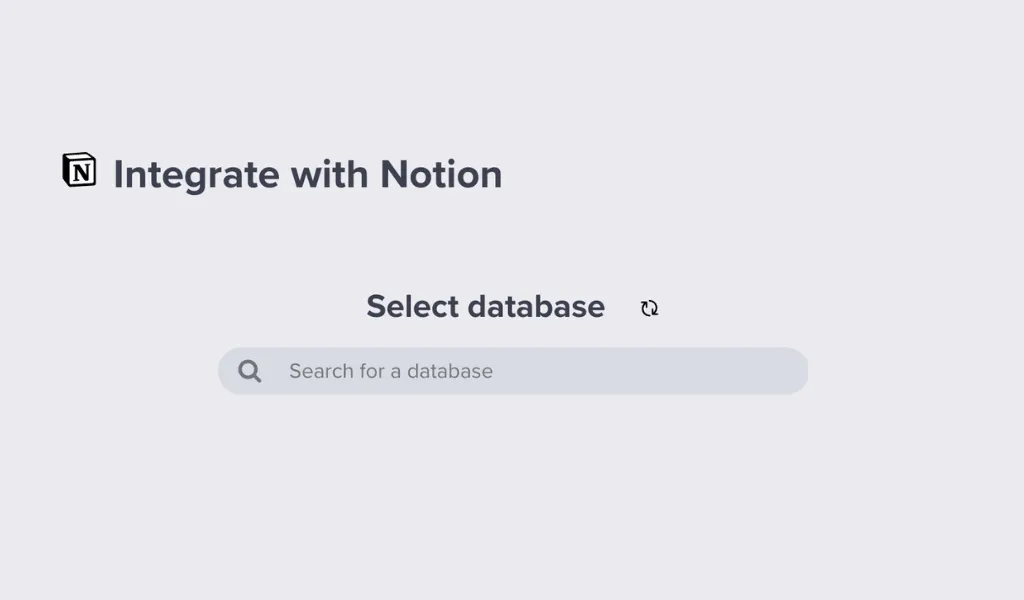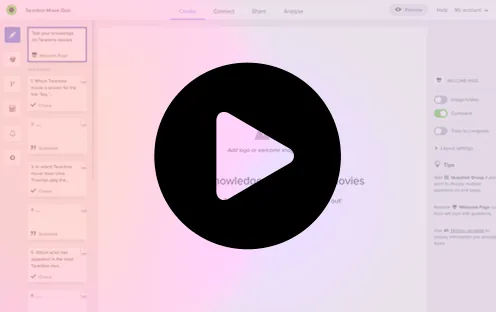
Surveys are a cornerstone for gathering essential data for customer experience, market research, or employee satisfaction. While many dedicated survey tools are available, managing the resulting data efficiently can be challenging. Enter Implement a Notion for surveys to not only create and organize content but most importantly create powerful databases.In this post, we’ll explore how you can leverage Notion to streamline your survey process and keep your data organized and accessible.
Why use Notion for surveys?
Notion is known for its flexibility, allowing users to create a customized workspace that suits their needs. Here are some reasons why Notion makes an excellent survey tool database:
1. Centralized Data ManagementNotion allows you to keep all your survey data in one place, making it easy to analyze and reference. Instead of juggling multiple spreadsheets or documents, you can consolidate your data into a single, well-organized database. This centralization ensures that your team can access the information they need without having to dig through various files and folders.
2. Customizable ViewsOne of the standout features of Notion is its ability to create different views for your data. You can visualize your survey responses in tables, boards, calendars, or lists, depending on your needs. For example, a table view can provide a straightforward, spreadsheet-like format for detailed analysis, while a board view can help you categorize responses based on specific criteria, such as satisfaction levels or departments.
3. CollaborationNotion’s collaborative features make it easy to share survey results with team members and work together in real-time. You can mention colleagues, assign tasks, and add comments directly within the database, ensuring that everyone stays on the same page. This collaboration can lead to quicker insights and more informed decision-making.
4. IntegrationNotion can be integrated with various tools and services, enhancing its functionality. Using services like Zapier or Notion’s API, you can automate workflows and connect Notion with your favorite survey tools. For instance, you can automatically import survey responses from Responsly into your Notion database, saving time and reducing manual data entry errors.
Best practices for using Notion as a surveys database
To maximize the benefits of using Notion as a survey database, consider the following best practices:
Consistent data entry: Standardize response formats and use Notion’s property types effectively to ensure consistent data entry.
Regular updates: Keep your database current by regularly importing new survey data or integrating with your survey tool.
Data privacy: Protect sensitive information by securing your Notion workspace and sharing it only with authorized team members.
Integrating Notion database with Responsly
For a more streamlined experience, you can integrate Notion with Responsly. Connecting these tools allows you to automatically transfer survey responses collected via Responsly into your Notion database. This integration ensures that all your data is up-to-date and centralized without manual entry. Moreover, you can leverage Notion’s powerful customization and visualization features to analyze and act on the insights gathered through Responsly. This seamless workflow enhances efficiency, allowing you to focus on interpreting data and making informed decisions.
Conclusion
Notion is more than just a note-taking app; it’s a robust tool that can transform how you manage your survey data. You can gain deeper insights and make more informed decisions by centralizing your responses, customizing your views, and leveraging its collaborative features. Try Notion as your survey tool database and see how it can simplify your data management and analysis process.

